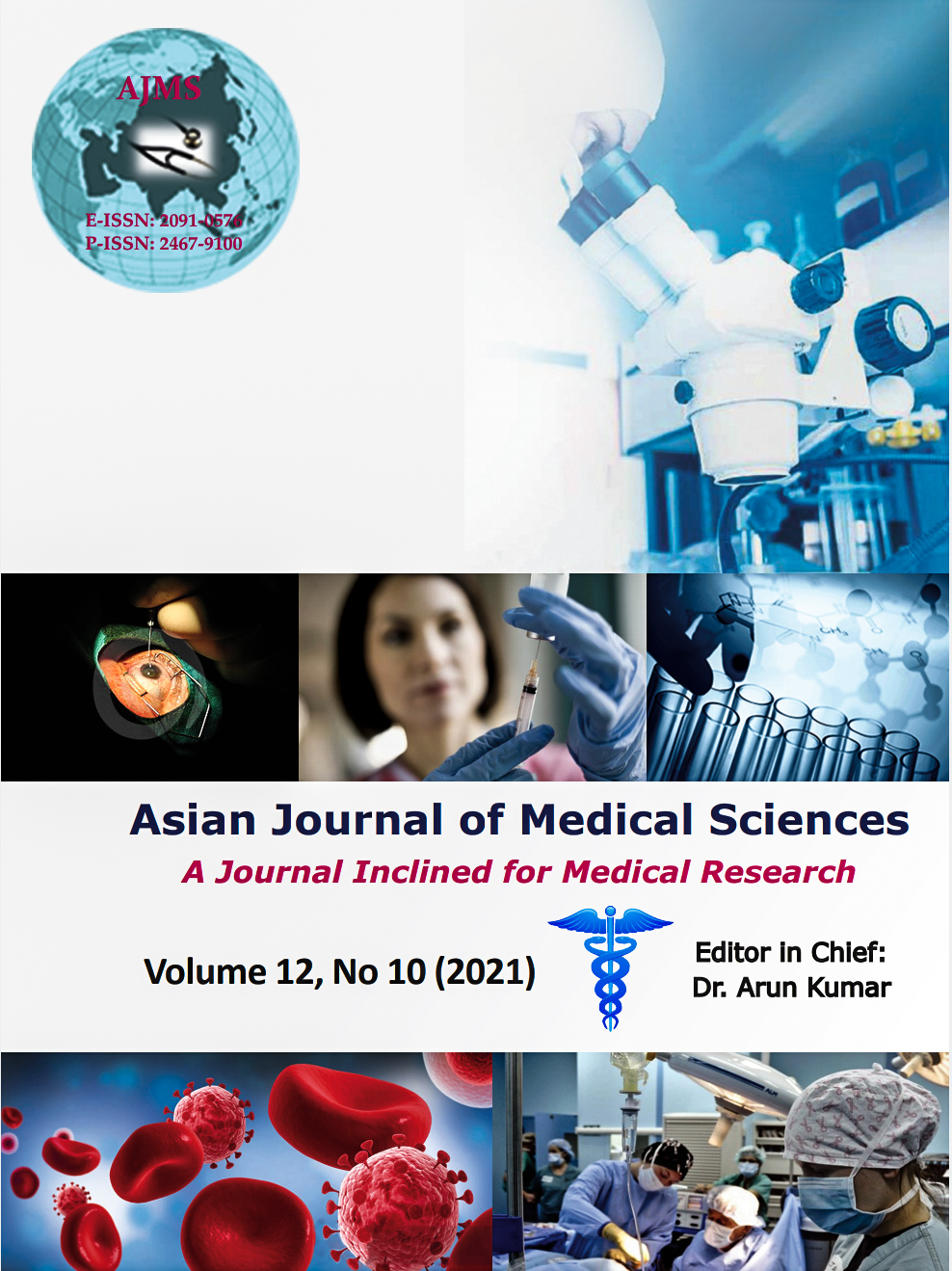Effect of Covid-19 pandemic induced lockdown on sleep wake pattern and personal well-being of undergraduate medical students of West Bengal
Keywords:
COVID-19, Lockdown, Circadian rhythm, Well-being, Digital media, Google form, CHERRIES guidelinesAbstract
Background: COVID-19 pandemic induced lockdown and the social restrictions had a profound impact on the circadian rhythm driven sleep-wake schedule of the home confined population.
Aims and Objective: Our study explored the effect of COVID-19 pandemic induced lockdown on sleep wake pattern and personal well-being of medical students of West Bengal
Materials and Methods: An observational, questionnaire-based online survey was conducted using the URL linked Google form. The online survey was conducted through social media platforms as per CHERRIES checklist guideline. Information on demographic profile, before and after lockdown sleep-wake pattern, social wellbeing and general lifestyle was obtained. Any student with any sleeping disorder or on drugs was excluded. Mean (SE), median, range, proportion was calculated as per attributes. Fisher’s exact chi square test and paired t test was done to test association and to compare means of the attributes.
Results: The mean age of students was 20.26 years. The average daily time spent on electronic media got doubled during lockdown. Sleep disorder was reported by 53.0% male and 47.0% students. More than half of respondents reported increased napping during daytime, irregular timing for meal intake and low mood. Anxiety was present in every two out of three participants. Females gained more weight during lockdown. The gender difference in sleep duration became significant. Lockdown effect on the average daily media time was significant. The sleep disturbance at night and physical inactivity was significantly more among female students.
Conclusion: COVID-19 lockdown leads to delayed sleep-wake cycle, irregular meal timings and excessive digital exposure among medical students with gender based differential impact.
Downloads
Downloads
Published
How to Cite
Issue
Section
License
Copyright (c) 2021 Asian Journal of Medical Sciences

This work is licensed under a Creative Commons Attribution-NonCommercial 4.0 International License.
Authors who publish with this journal agree to the following terms:
- The journal holds copyright and publishes the work under a Creative Commons CC-BY-NC license that permits use, distribution and reprduction in any medium, provided the original work is properly cited and is not used for commercial purposes. The journal should be recognised as the original publisher of this work.
- Authors are able to enter into separate, additional contractual arrangements for the non-exclusive distribution of the journal's published version of the work (e.g., post it to an institutional repository or publish it in a book), with an acknowledgement of its initial publication in this journal.
- Authors are permitted and encouraged to post their work online (e.g., in institutional repositories or on their website) prior to and during the submission process, as it can lead to productive exchanges, as well as earlier and greater citation of published work (See The Effect of Open Access).




